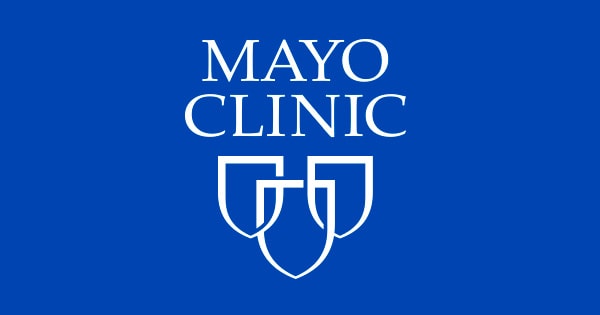There is a problem with information submitted for this request. Review/update the information highlighted below and resubmit the form. From…
Read More

There is a problem with information submitted for this request. Review/update the information highlighted below and resubmit the form. From…
Read More
Overview Vitamin D is a nutrient the body needs, along with calcium, to build bones and keep them healthy. The…
Read More
Overview Niacin is a B vitamin the body makes. The body uses niacin to turn food into energy. It helps…
Read More
Protein in urine — also called proteinuria (pro-tee-NU-ree-uh) — is an excess of bloodborne proteins in urine. Protein is one…
Read More
There is a problem with information submitted for this request. Review/update the information highlighted below and resubmit the form. From…
Read More
Learn more from Matthew Ziegelmann, M.D. I’m Dr. Matthew Ziegelmann, a urologist at Mayo Clinic. In this video, we’ll cover…
Read More
There is a problem with information submitted for this request. Review/update the information highlighted below and resubmit the form. From…
Read More
Overview Dehydroepiandrosterone (DHEA) is a hormone that your body naturally produces in the adrenal gland. DHEA helps produce other hormones,…
Read More
Urologist Tobias Kohler, M.D., answers the most frequently asked questions about erectile dysfunction. Hi. I’m Dr. Kohler, a urologist at…
Read More
Fetal development: The first trimester Fetal development starts soon after conception. Find out how your baby grows and develops during…
Read More